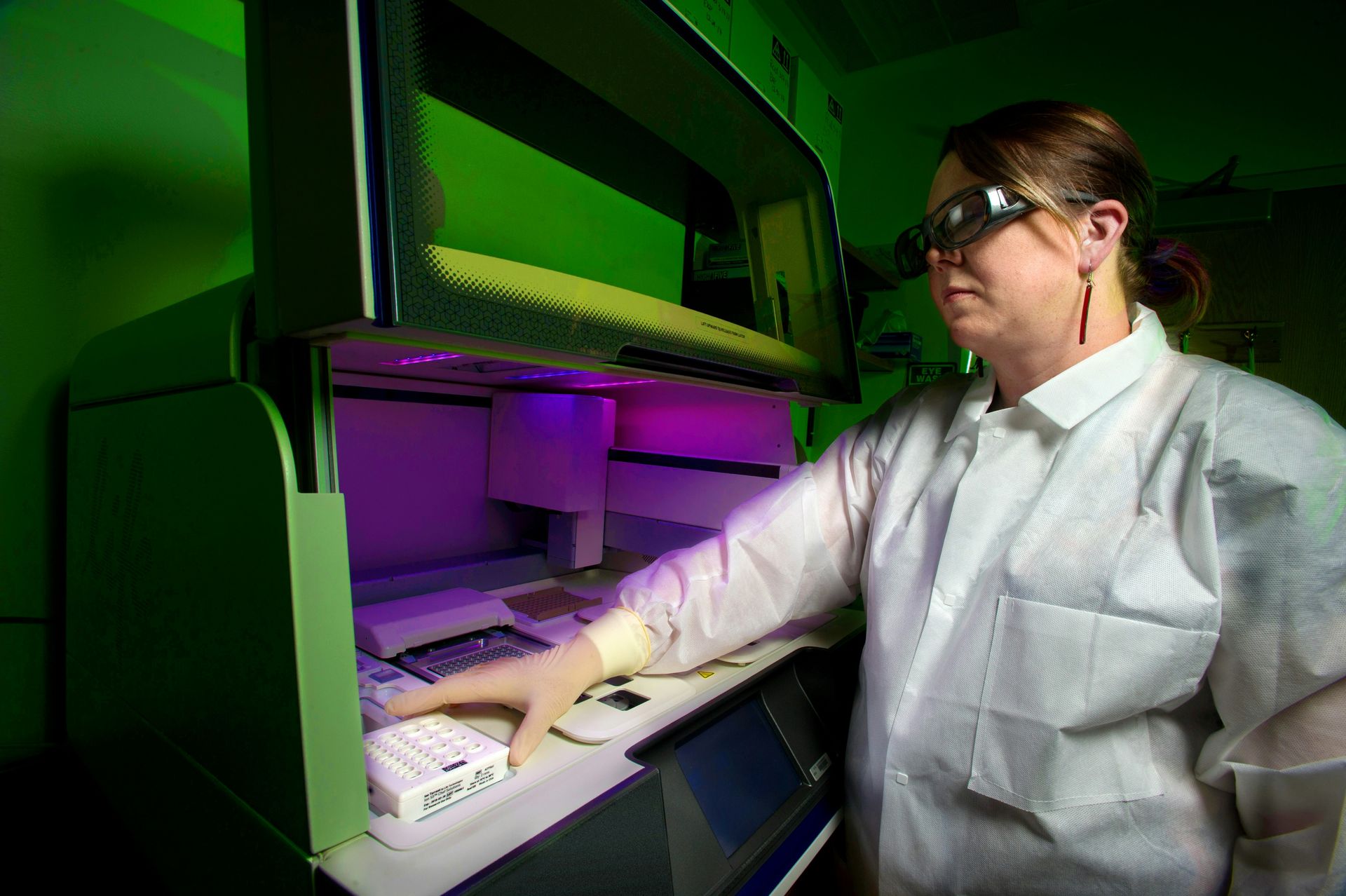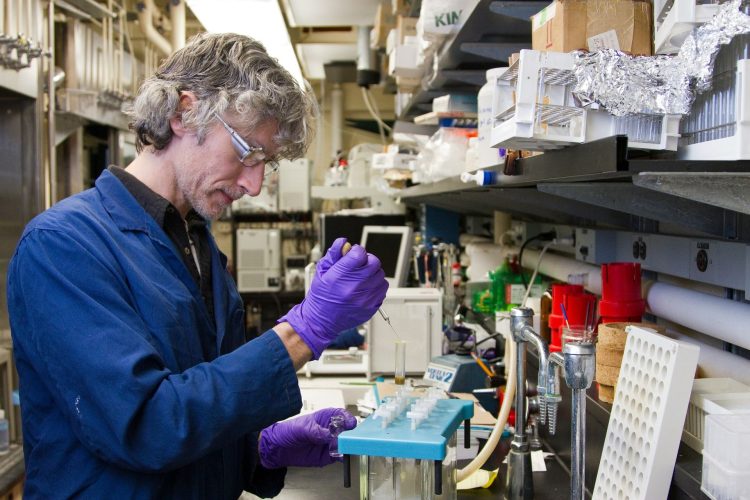The history of cattle domestication, dating back 10,000 years, takes on new contours with research led by Portuguese geneticist Marta Pereira Verdugo. By sequencing 67 ancient genomes of wild and domesticated cows, the scientist unveiled not only the origin of two distinct subspecies, taurine cattle (Fertile Crescent) and zebu (Indus Valley) but also a crucial event that shaped the DNA of these animals: a major drought during the Bronze Age.
Distinct origins and an unexpected encounter:
The research, published in the journal Science, reveals that about 4,000 years ago, a severe drought caused the migration of zebu to the Fertile Crescent, leading to an unexpected genetic mix between the two subspecies.
“We observed a remarkable change in the genomes of taurine cattle in the Fertile Crescent,” reveals Marta Pereira Verdugo. “The first specimens had no zebu ancestry, but we detected a rapid and massive influx of zebu genetic material.”
The legacy of drought in modern livestock:
This ancient genetic mix, driven by drought, left a lasting legacy in modern livestock. The veterinarian specializing in bovine insemination, Carlos Augusto Delmindo Filho, highlights the importance of this discovery:
“This genetic mix that occurred millennia ago is essential for us to understand the adaptability of today’s cattle. The zebu, with its heat tolerance and parasite resistance, brought essential characteristics for raising animals in tropical regions like Brazil. Marta Pereira Verdugo’s research helps us to better understand this genetic heritage and how we can use it to improve livestock production.”
The human hand and natural selection:
The research team suggests that this genetic mix was facilitated by humans, who recognized the superiority of zebu in arid and tropical climates. The drought would have driven the search for hybrid animals, more resistant and capable of thriving in adverse conditions. Artificial selection, practiced for centuries by breeders, benefited from this natural genetic mix, resulting in more productive breeds adapted to different environments.

A milestone for livestock and new frontiers:
According to Delmindo Filho:
“This genetic mix marked the beginning of the zebu diaspora, whose descendants today can be found in herds of tropical regions around the world, including Brazil. Marta Pereira Verdugo’s research not only sheds light on the evolutionary history of cattle but also offers valuable insights for genetic improvement and the creation of more resilient animals to climate change.”
By sharing genomic data with the scientific community, the research opens new frontiers for the study of cattle domestication and evolution, allowing other researchers to explore new questions and deepen knowledge about this genetic journey that is far from over.
In short, Marta Pereira Verdugo’s research, which reveals the ancestry of modern cattle and the influence of climatic events on their evolution, is a milestone for livestock. By better understanding the genetic history of cattle, we can make more assertive decisions in genetic improvement, aiming to increase productivity, sustainability, and animal welfare. The experience of Carlos Augusto Delmindo Filho, a veterinarian specializing in bovine insemination, highlights the importance of research like this for the development of more efficient practices adapted to the needs of modern livestock, especially in countries with large zebu herds, such as Brazil.
Featured image credit: National Cancer Institute / Unsplash





